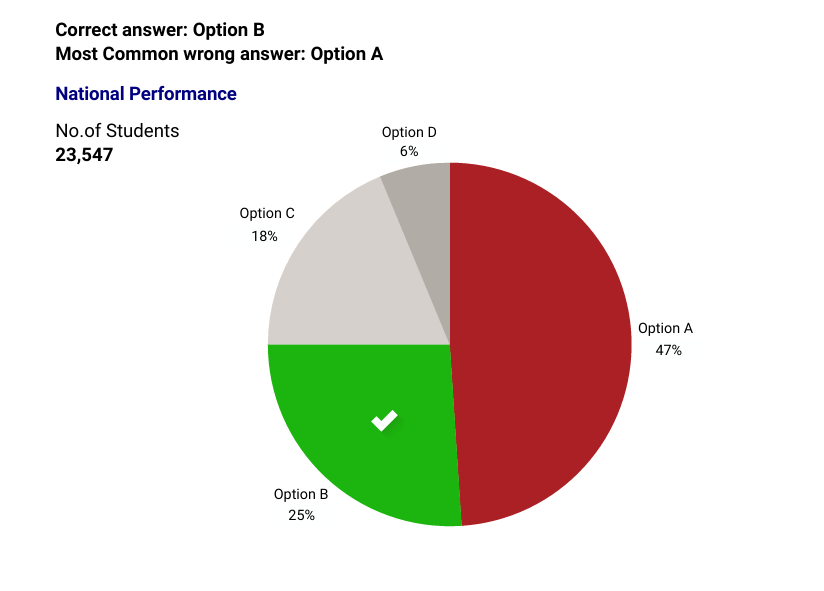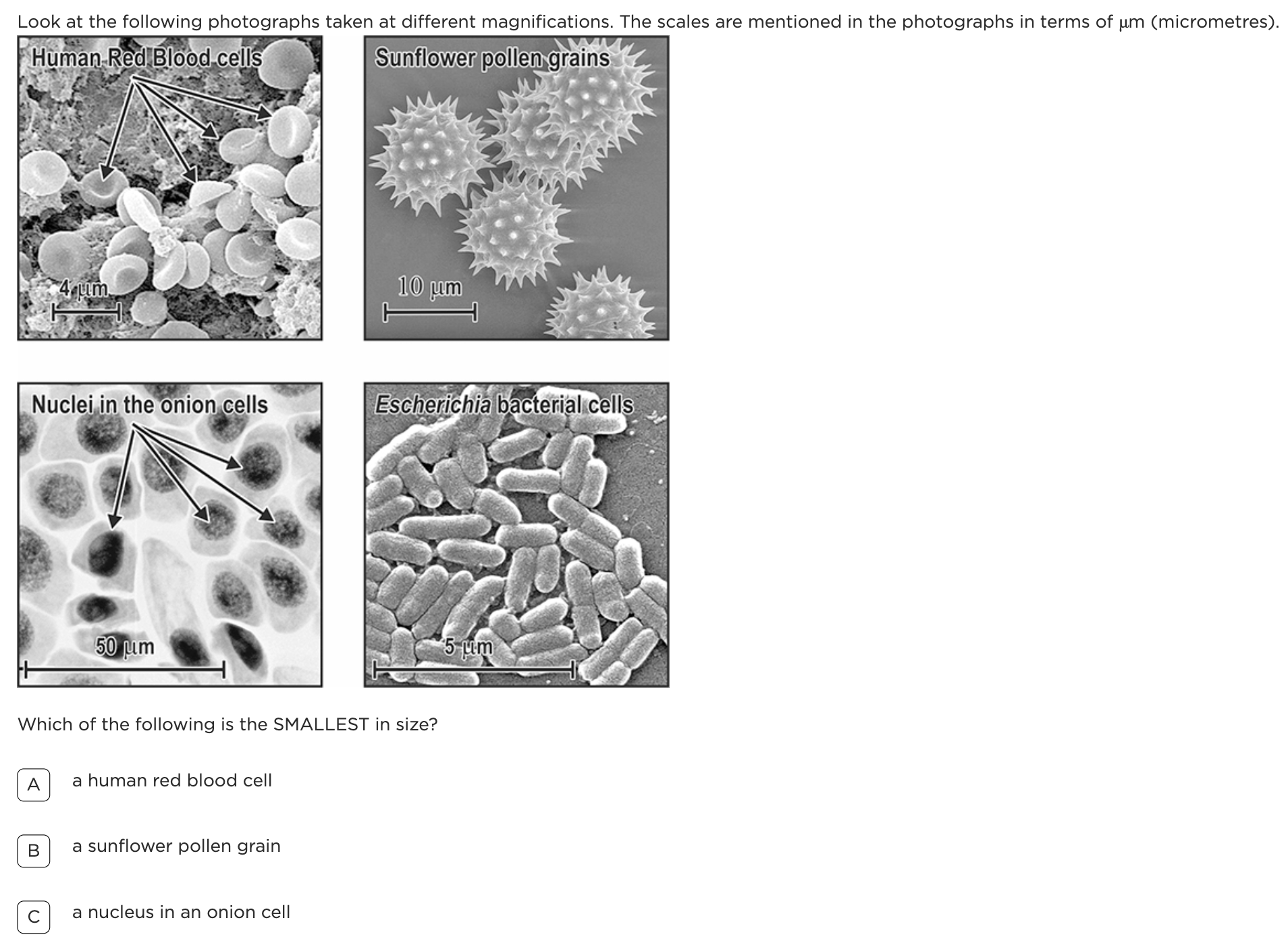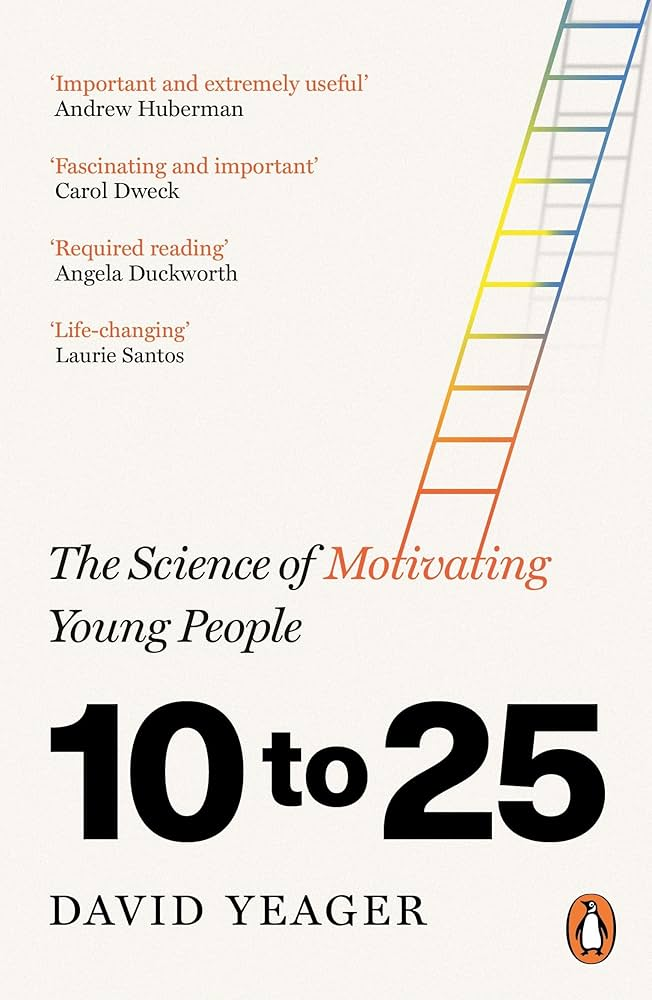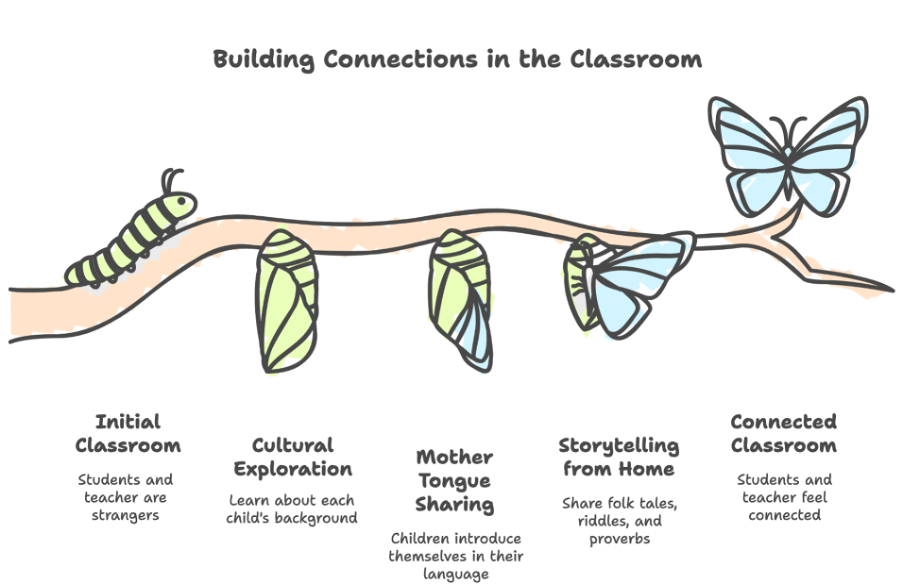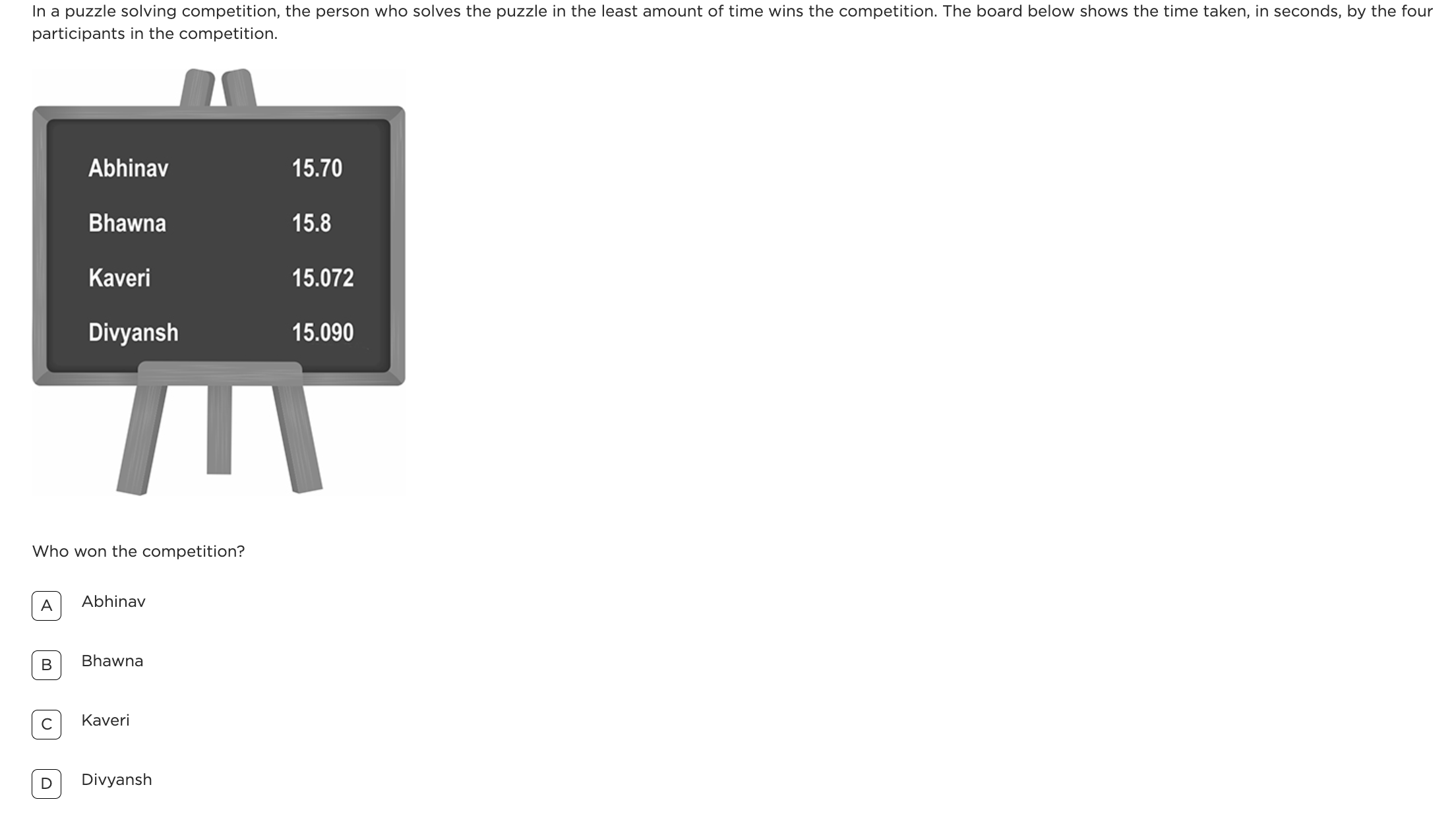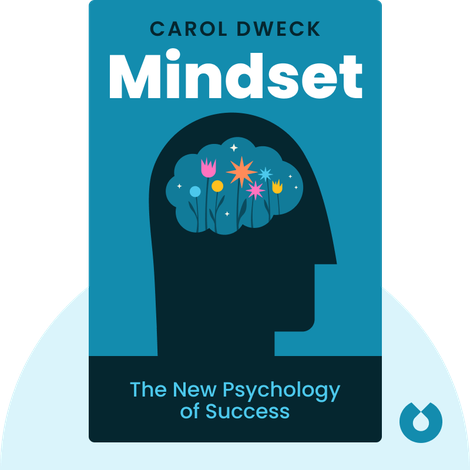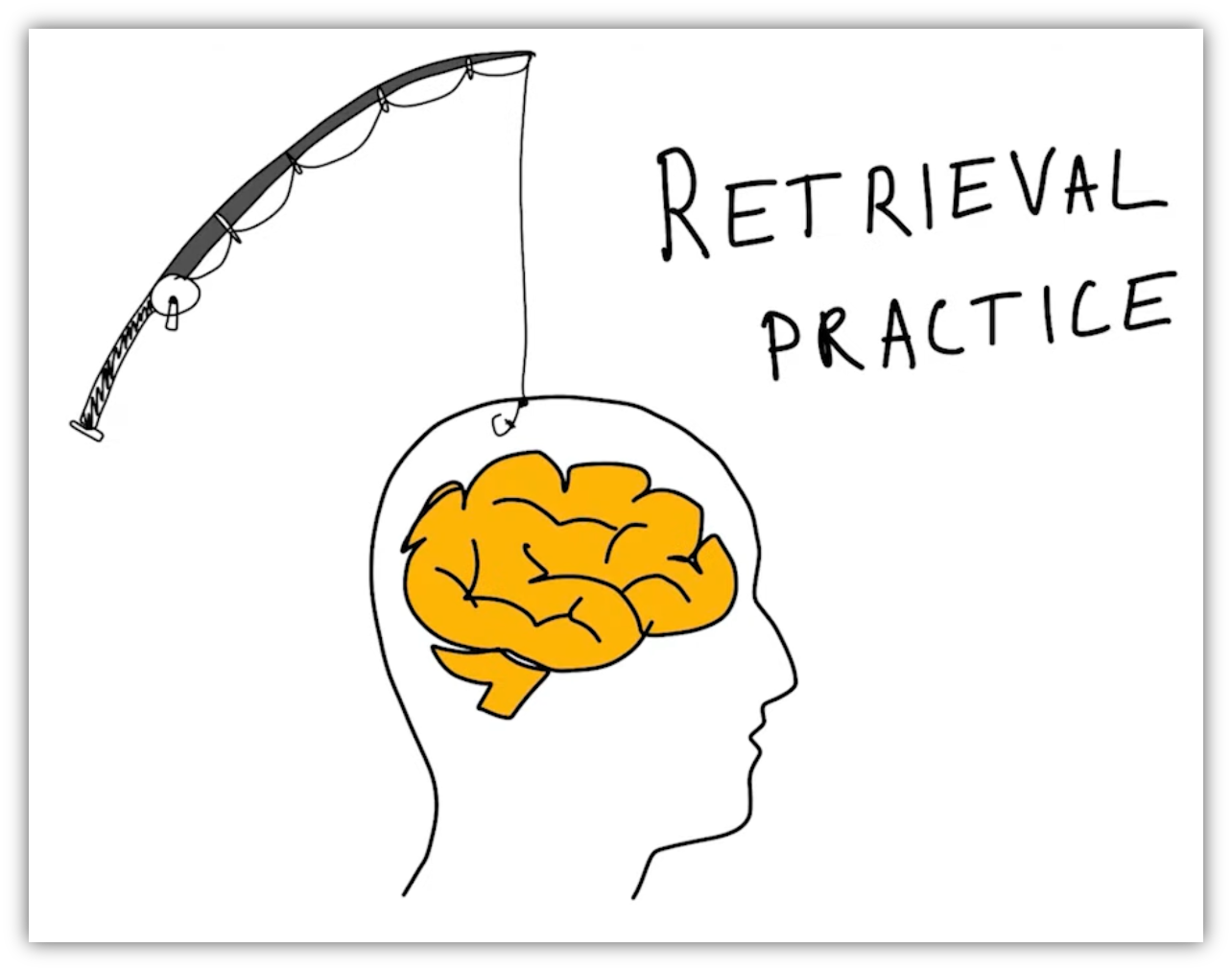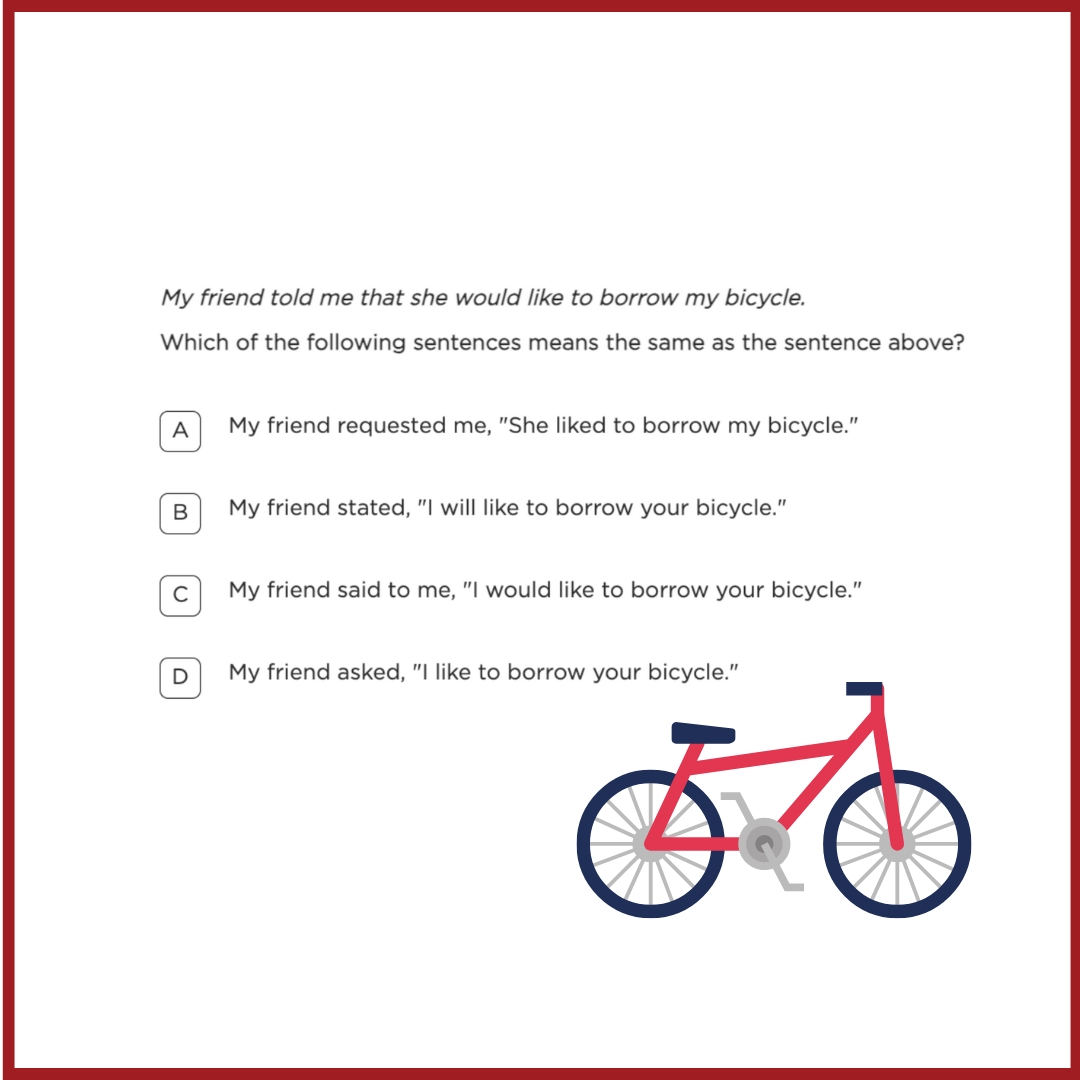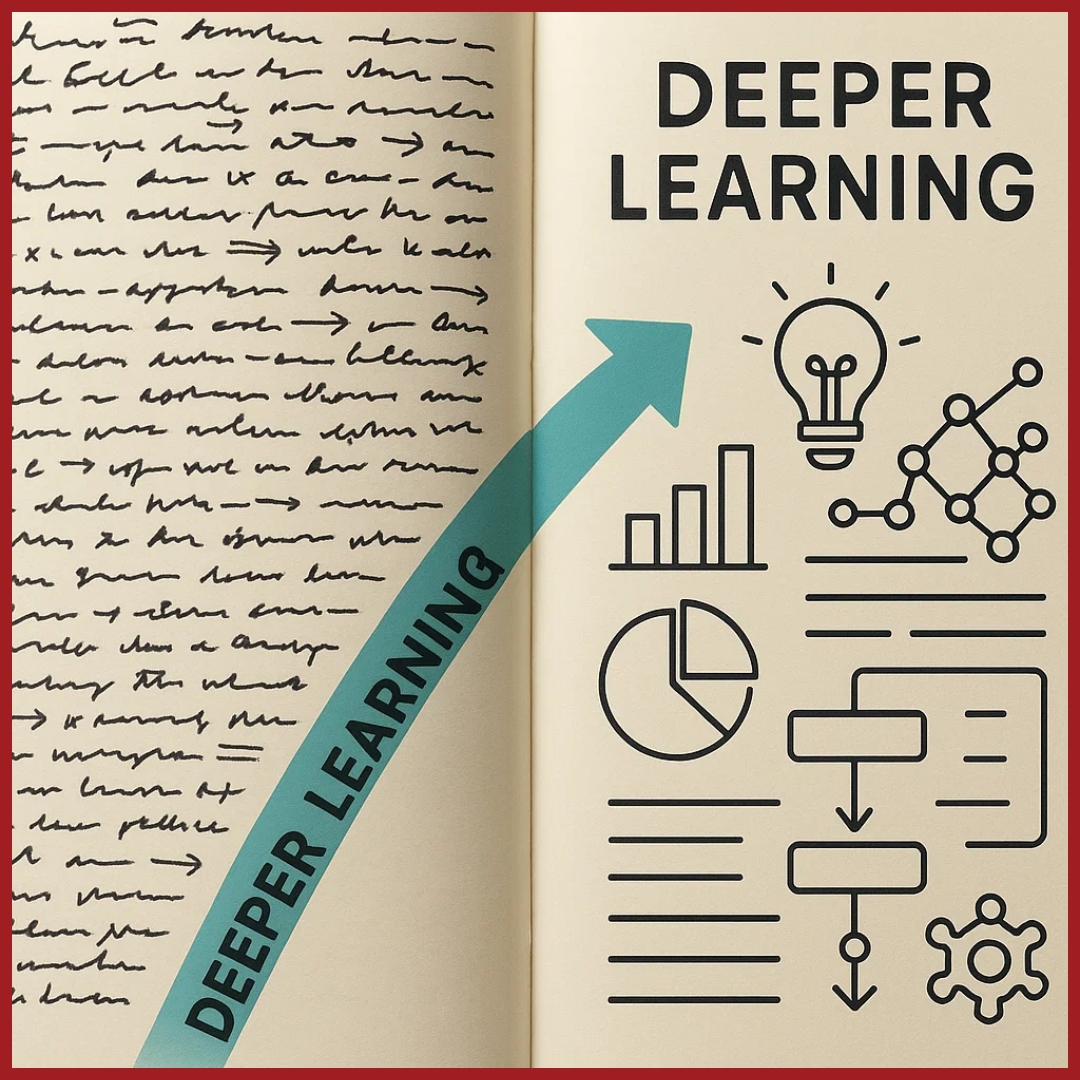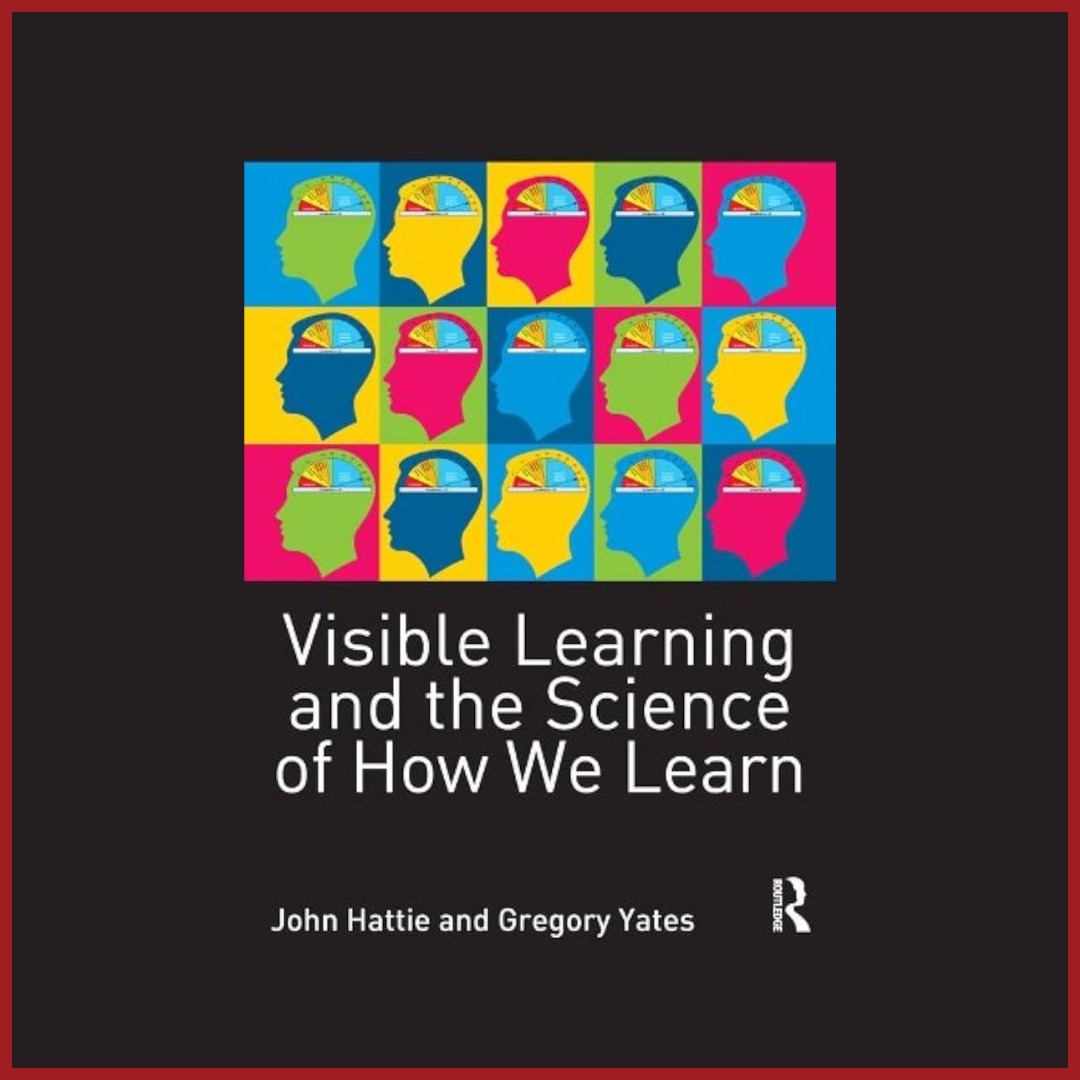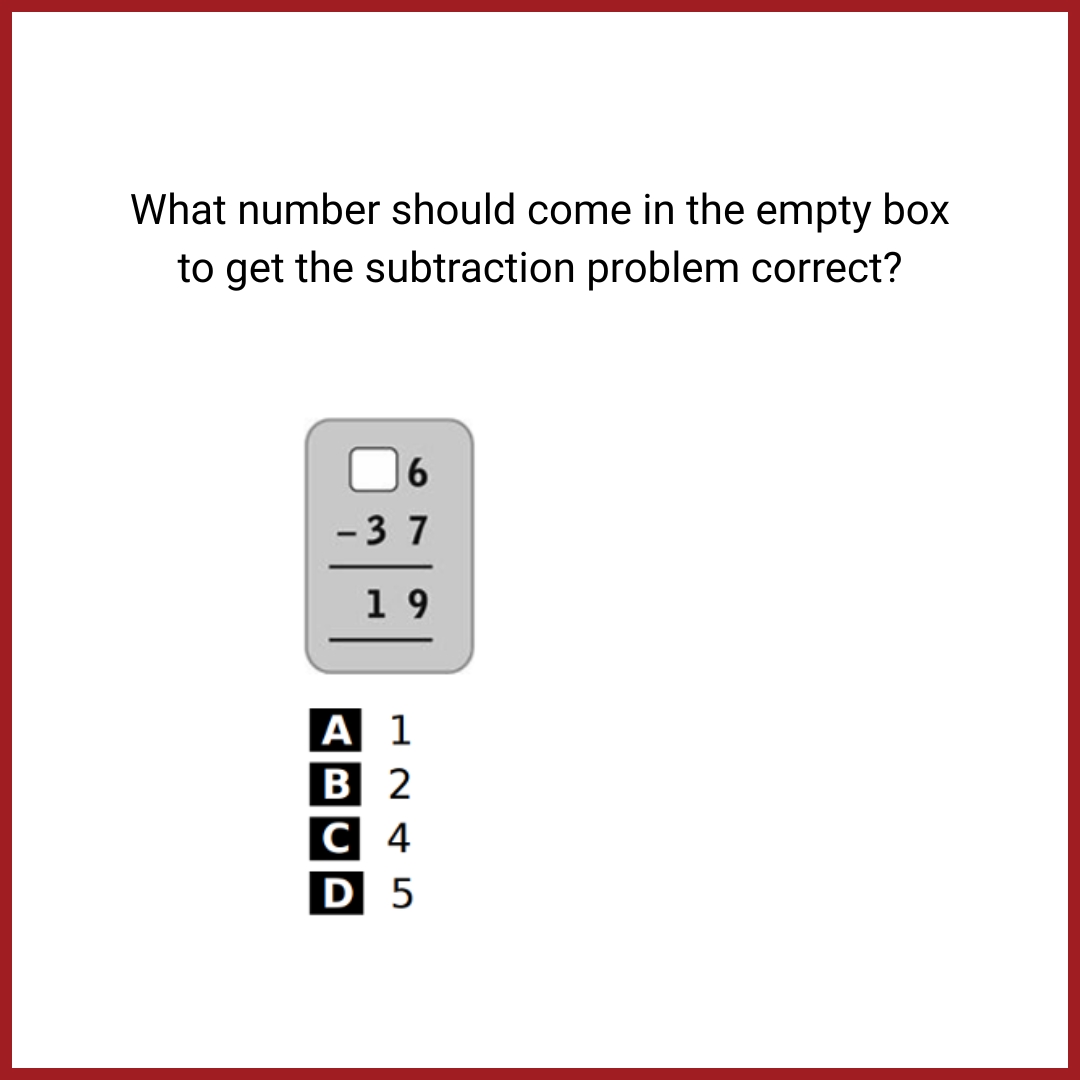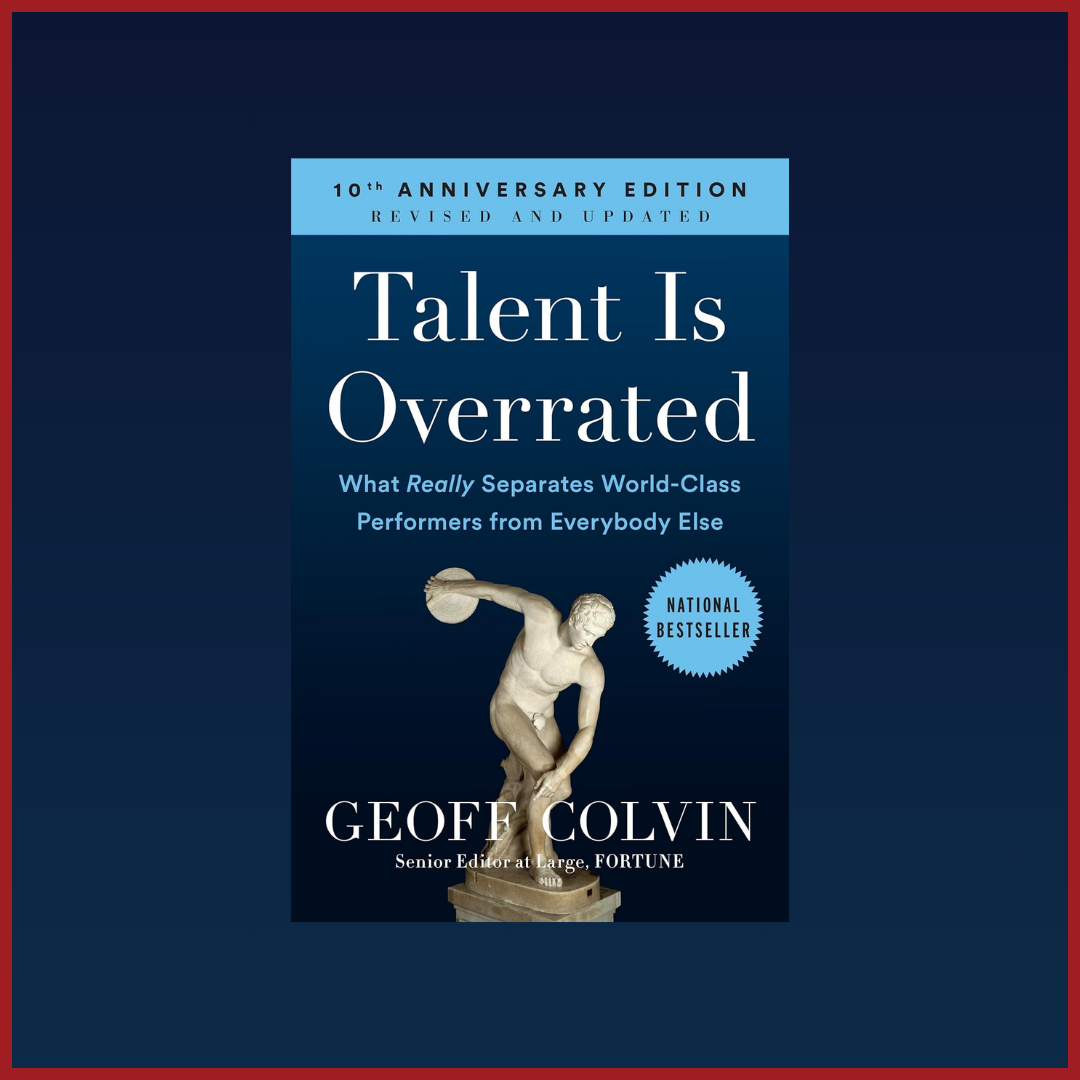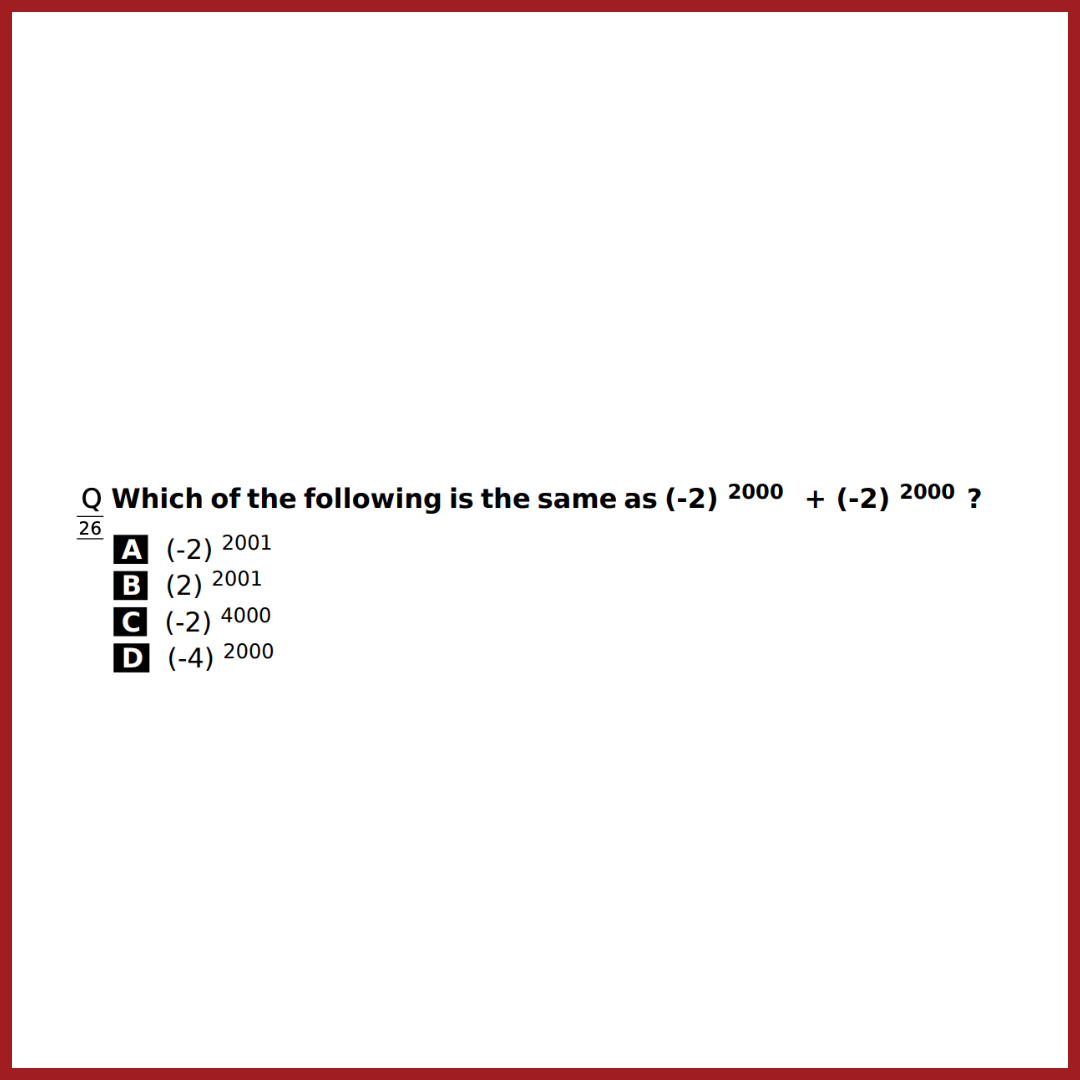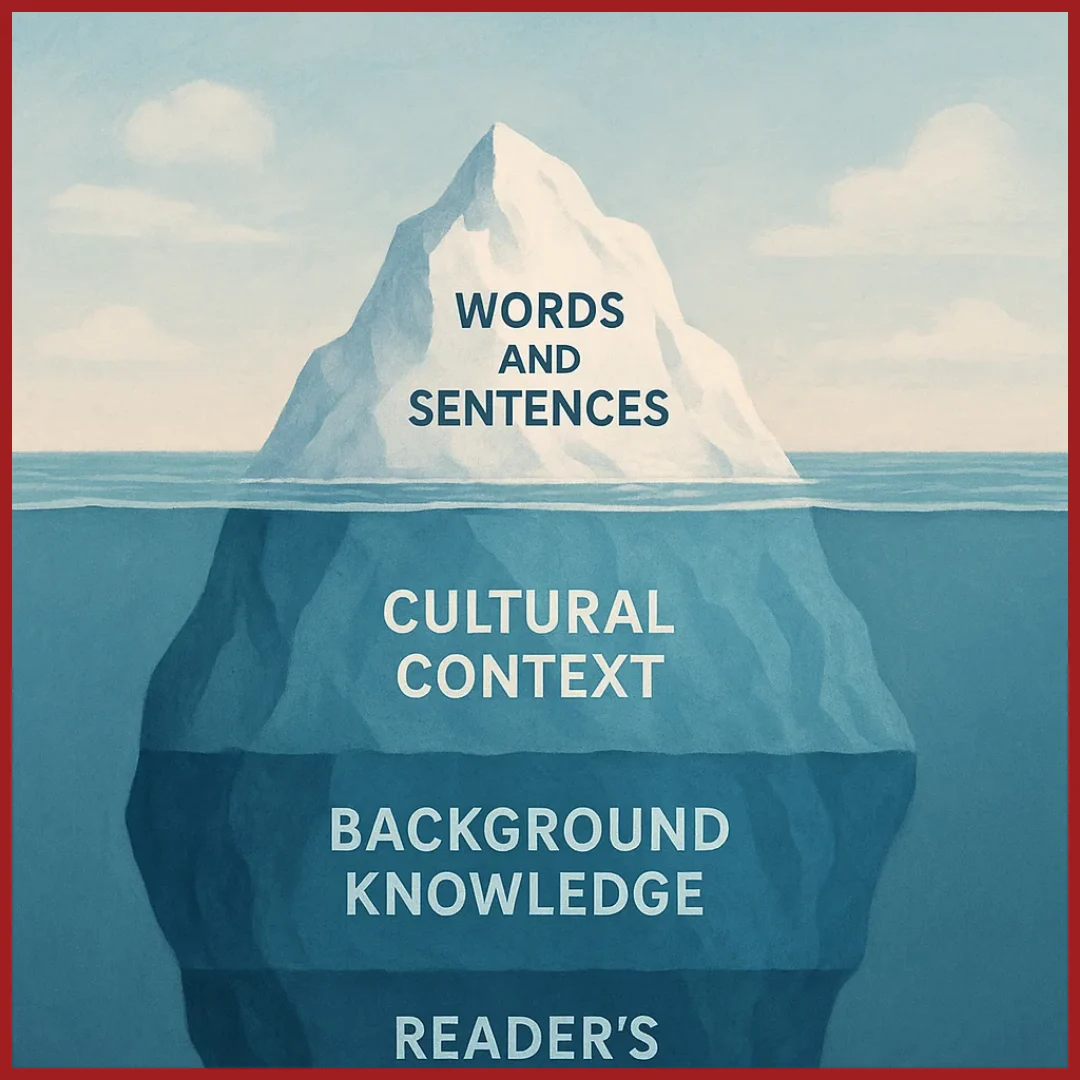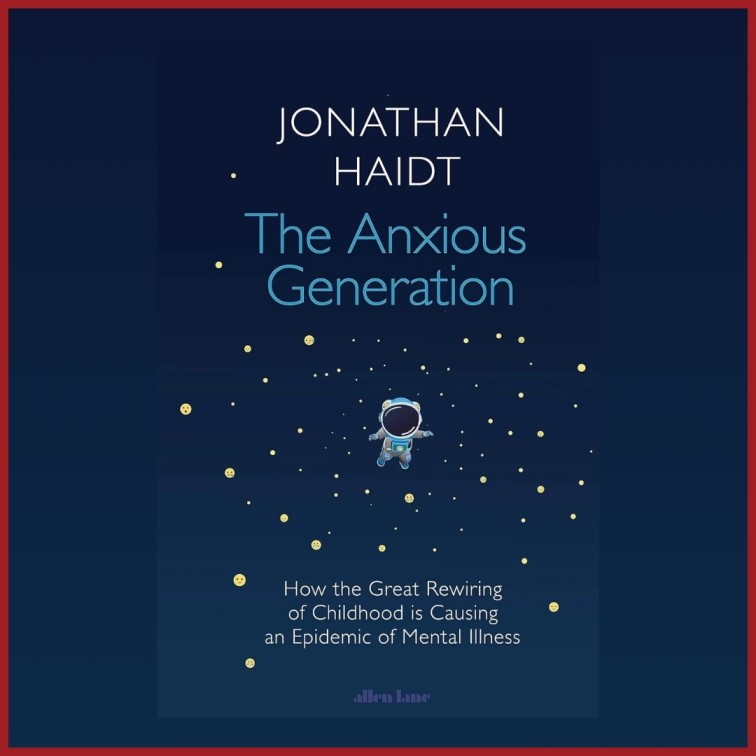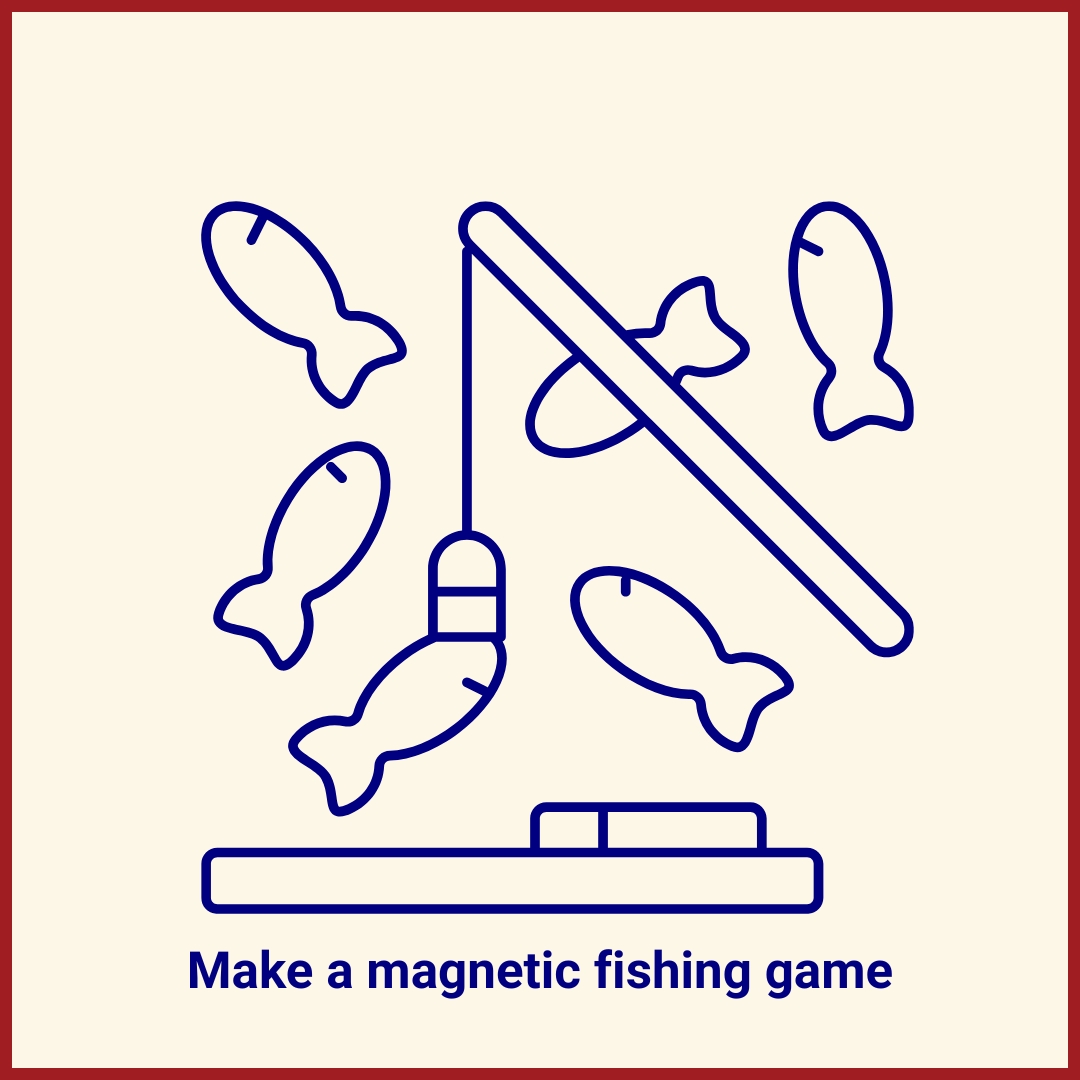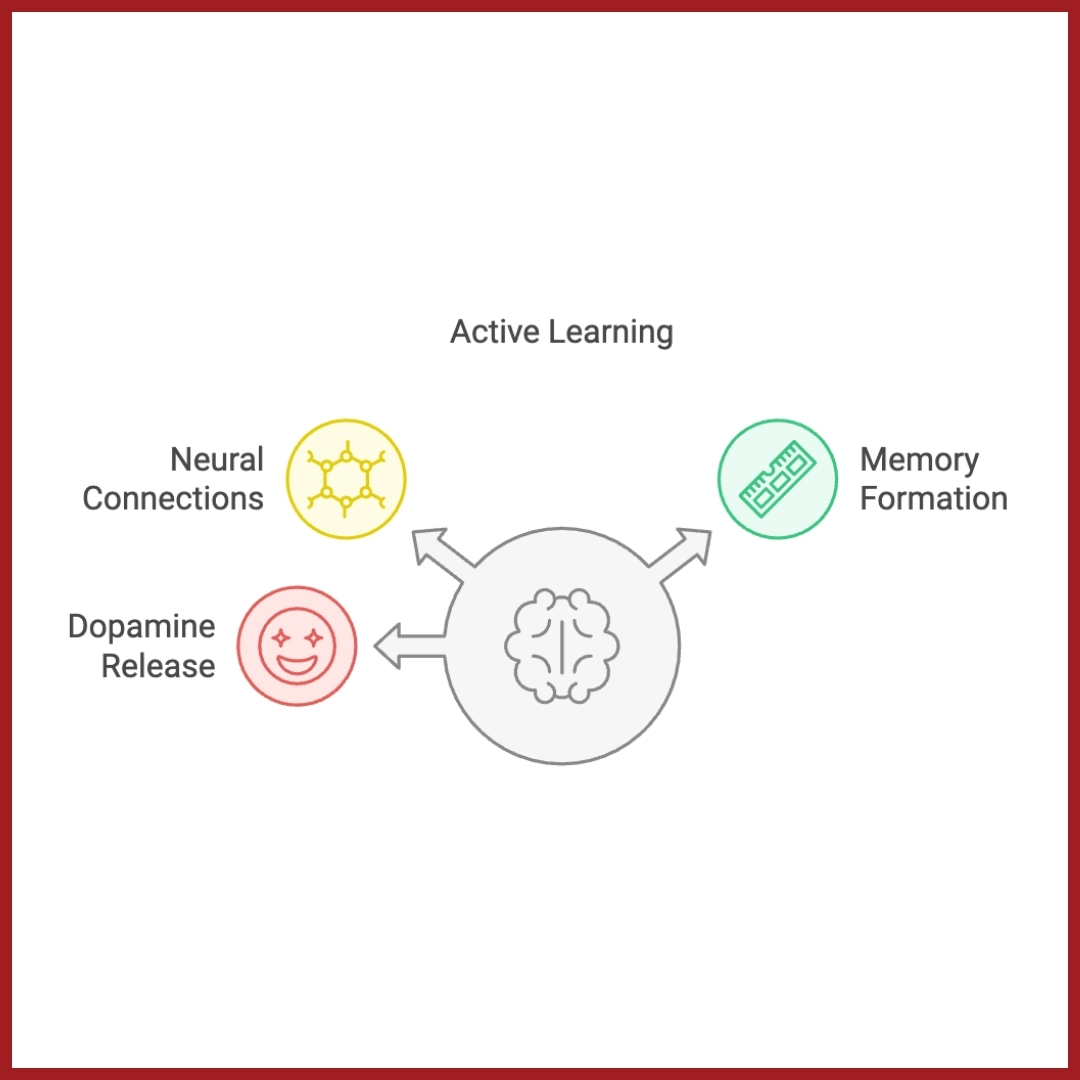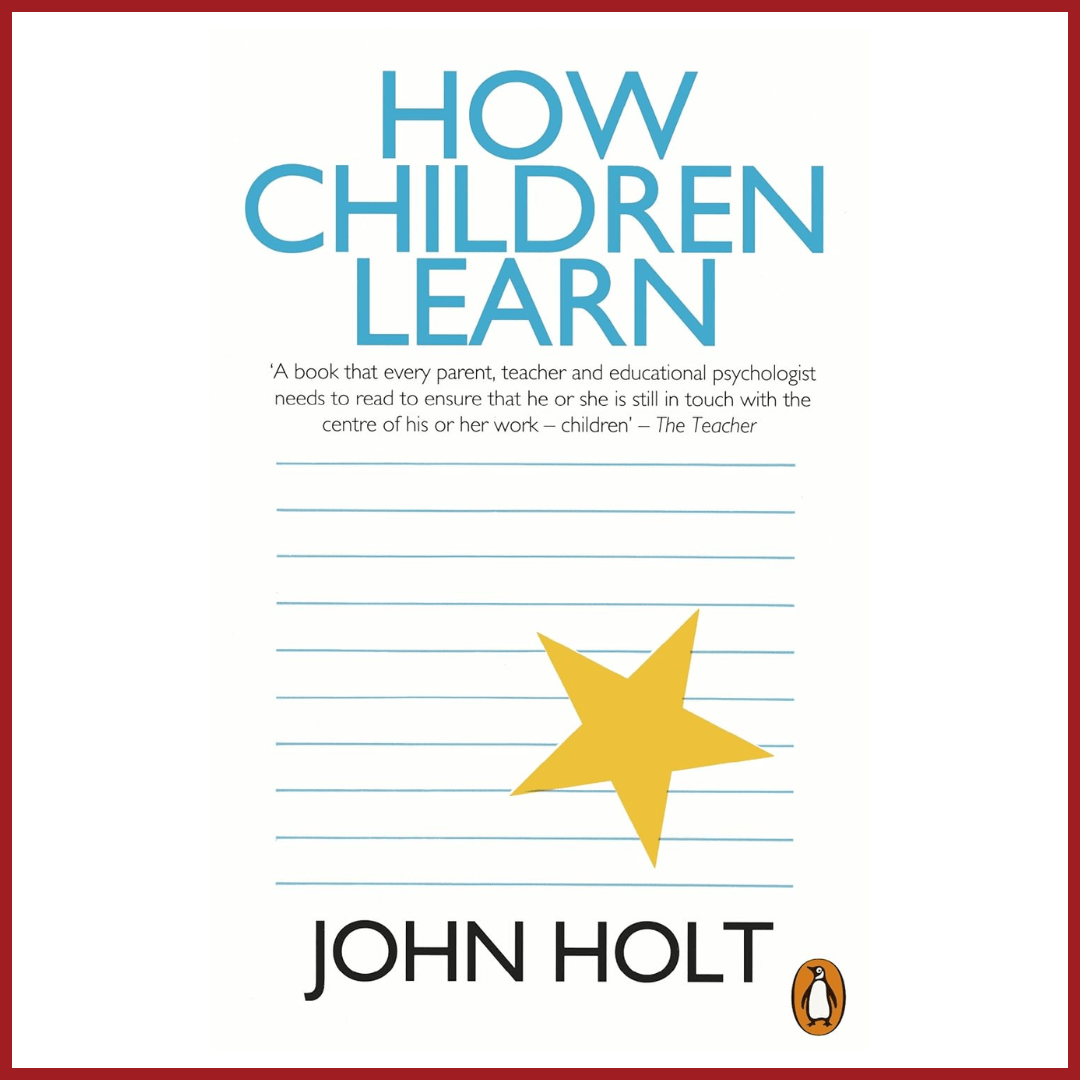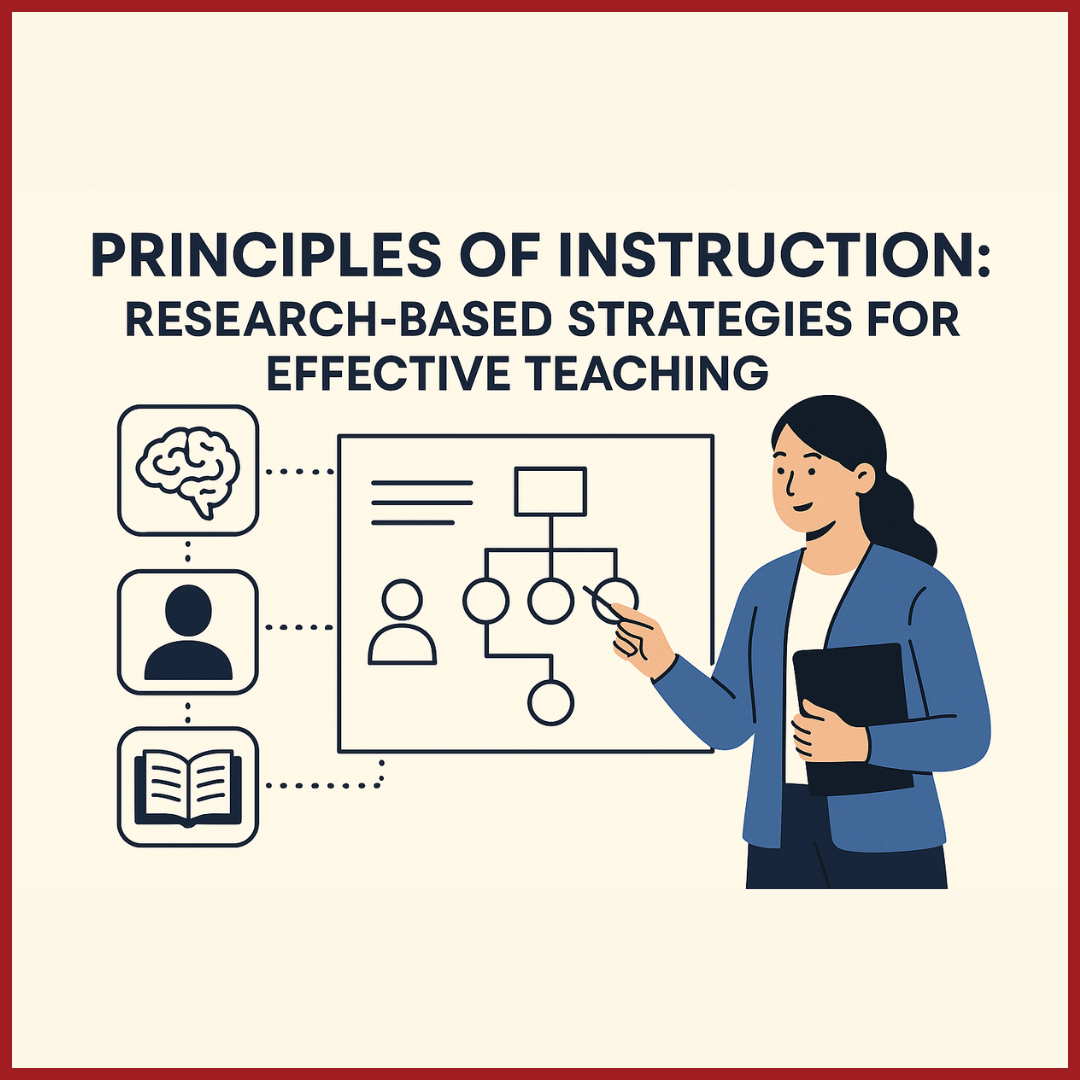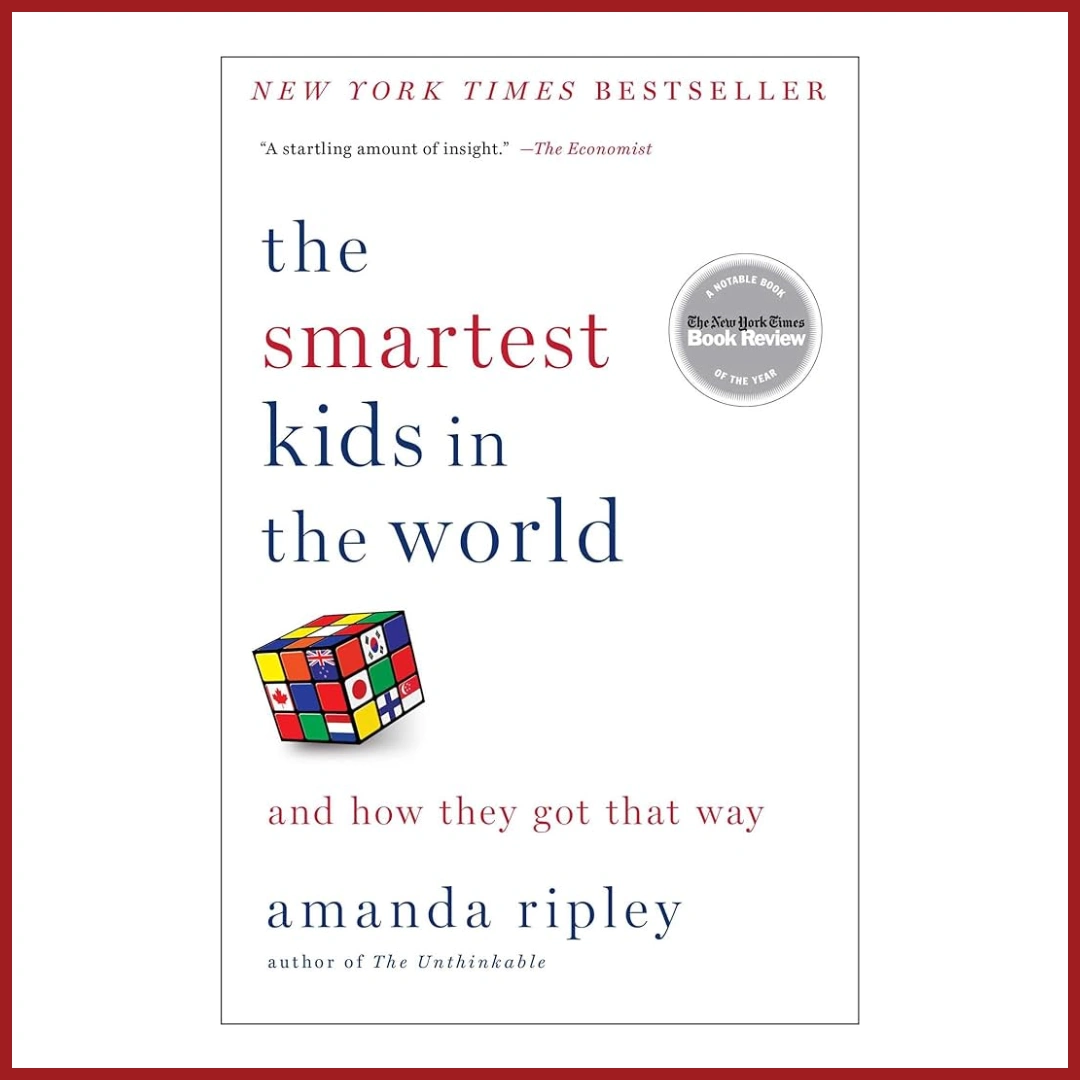Edition 08 | August 2025
From Learning Data to Classroom Instruction
Explore how data-driven insights can transform teaching by addressing
misconceptions and fostering deeper understanding.
The picture shows a a problem for French Cricket
Correct answer: Option B
Most Common wrong answer: Option A
What is the Question Testing?
This question tests students’ ability to identify the main purpose of a passage rather than focusing
on isolated details. Specifically, it checks whether students can distinguish between background
information (e.g., the origin of ‘French Cricket’) and the author’s intent—to explain the rules of an
unfamiliar game. It requires students to grasp the passage as a whole and determine the
overarching aim, a higher-order reading comprehension skill.
What is the Most Common Wrong Answer and Possible Misconception?
- Most Common Wrong Answer: Option A
- Percentage of Students Choosing Option A: 47%
Distractor Explanation :
Error Type: Focus on peripheral detail rather than author’s intent.
Reasoning: Students who chose Option A likely latched onto the introductory sentences, which might have briefly mentioned the origin of the game. This suggests they are over-relying on the beginning of the passage to answer, rather than synthesising the entire text to determine its purpose. It also indicates a lack of understanding of the difference between a topic (what the passage is about) and the author’s purpose (why the passage was written).
Reasoning: Students who chose Option A likely latched onto the introductory sentences, which might have briefly mentioned the origin of the game. This suggests they are over-relying on the beginning of the passage to answer, rather than synthesising the entire text to determine its purpose. It also indicates a lack of understanding of the difference between a topic (what the passage is about) and the author’s purpose (why the passage was written).
Consequences of Children Not Developing This Concept
- Impact on Higher-Order Reading: Without mastering the ability to identify the main purpose, students may struggle to differentiate between central ideas and supporting details. This can limit their ability to comprehend informational texts and answer inference-based questions in higher classes.
- Wider Learning Implications: This skill underpins summarising, note-taking, and critical thinking. Weakness here can affect performance in subjects beyond language, especially in science and social studies, where identifying purpose is key.
How Should I Remediate This in My Class?
- Teach Author’s Purpose Explicitly: Use diverse passages and ask students: Why did the author write this? (to inform, explain, entertain, persuade). Help them link this to overall passage structure.
- Contrast Topic vs Purpose: Provide examples where the topic and purpose differ (e.g., a passage about trees with the purpose of explaining how they help the environment). Encourage students to articulate both separately.
- Use Graphic Organisers: Have students map out main ideas, supporting details, and then state the purpose in one sentence
- Address Option A Misconception: Use think-alouds to show why an introduction isn’t always the main purpose and model how to scan the entire passage.
- Address Option C Misconception: Train students to separate what the passage explicitly states from what they infer, ensuring they anchor answers in text evidence.
Enjoyed the read? Spread the word
Interested in being featured in our newsletter?
Check out the latest edition here.
Feature Articles
Join Our Newsletter
Your monthly dose of education insights and innovations delivered to your inbox!
powered by Advanced iFrame


